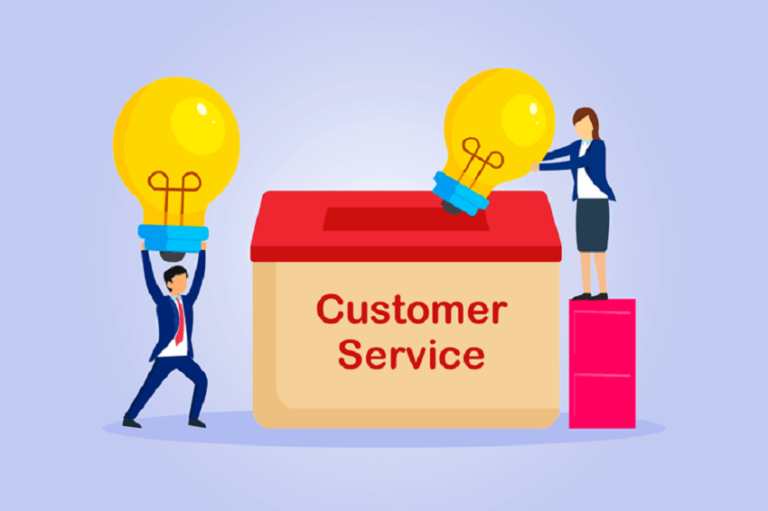Creating an exceptional user experience (UX) is crucial for the success of any website. Whether you are using Wix or WordPress, enhancing UX can significantly impact visitor engagement, retention, and conversion rates. A well-crafted UX not only ensures that visitors find what they need easily but also enhances their overall satisfaction and trust in your brand. This blog will explore effective strategies to improve UX on both Wix and WordPress websites.
Strategies to Enhance User Experience in Wix Websites
Designing a user-friendly interface on a Wix website is crucial to keep the visitors to your site engaged and prevent them from leaving your site. A user-friendly interface also makes navigation easy, and enhances overall satisfaction of those visiting a site. And a pleasant user experience, in turn, leads to higher visitor retention, better engagement, and increased chances of conversions. Here are some popular and widely-followed tips to enhance the user experience of a Wix website.
1. Choose Appropriate Wix Templates and Customization
Wix offers a wide range of professionally designed templates for various industries. Choosing the right template that aligns with your brand and objectives is the first step towards creating a pleasant user experience. If you need expert assistance, a Wix website design agency can help you select and customize the perfect template.
Customize your chosen template to reflect your brand’s personality. Use Wix’s drag-and-drop editor to rearrange elements, change colors, and add images that resonate with your audience. Ensure that your website’s design is cohesive and visually appealing.
2. Optimize for Mobile Devices
With a significant portion of web traffic coming from mobile devices, it’s essential to ensure that your Wix site is mobile-friendly. Wix automatically creates a mobile version of your site, but it’s important to review and tweak it. Use Wix’s mobile editor to adjust elements specifically for mobile users. Ensure that text is readable, buttons are easily clickable, and navigation is smooth on smaller screens.
3. Improve Website Loading Speed
Large images can slow down your website. Use Wix’s built-in tools to compress and optimize images without sacrificing quality. This will help your site load faster, providing a better user experience. While animations can enhance visual appeal, overusing them can slow down your site. Be selective with animations and effects to maintain a balance between aesthetics and performance.
4. Streamline Navigation
Create a straightforward menu structure that helps users find information quickly. Use clear and concise labels for your menu items, and avoid overcrowding the menu with too many options. Enable sticky navigation to keep your menu visible as users scroll down the page. This feature, available in Wix, enhances usability by allowing users to access the menu without scrolling back to the top.
5. Enhance Content Readability
Choose fonts that are easy to read and match your site’s overall design. Use a combination of font sizes to create a visual hierarchy, making it easier for users to scan and understand your content. Incorporate ample white space around text and images to improve readability. White space helps break up content and makes your site look clean and organized.
6. Utilize Wix Apps
Wix offers a variety of apps that can add functionality to your site, such as contact forms, chatbots, and booking systems. Select apps that enhance user interaction and provide value to your visitors. Keep your apps updated to ensure they run smoothly and don’t compromise your site’s performance.
Maximizing User Experience in WordPress Websites
Maximizing user experience in WordPress websites is crucial for keeping visitors engaged, improving site navigation, and increasing the likelihood of achieving website goals such as conversions or subscriptions. Here are some straightforward ways to optimize the user experience of a WordPress website.
1. Choose the Right Theme
WordPress offers thousands of themes, both free and premium. Select a theme that aligns with your brand and provides a solid foundation for a great user experience. Look for themes that are responsive, fast, and easy to customize. Customize your theme using the WordPress Customizer. Adjust colours, fonts, and layout to match your brand’s identity. Ensure that your design is consistent across all pages.
2. Optimize for Mobile Devices
Ensure that your theme is responsive, meaning it adjusts automatically to fit different screen sizes. Test your WordPress Web Design on various devices to ensure it looks good and functions well on mobile. Consider using plugins like WPtouch to create a mobile version of your site. These plugins offer additional customization options specifically for mobile users.
3. Improve Website Loading Speed:
Use caching plugins like W3 Total Cache or WP Super Cache to speed up your site. These plugins store static versions of your pages, reducing the load on your server and improving load times. Install plugins like Smush or EWWW Image Optimizer to compress and optimize images. This will help your site load faster and enhance the user experience.
4. Streamline Navigation
Create a clear and intuitive menu structure. Use categories and subcategories to organize your content logically, making it easy for users to find what they’re looking for. Enable breadcrumbs using plugins like Yoast SEO. Breadcrumbs provide a secondary navigation aid, showing users their location within your site’s hierarchy.
5. Enhance Content Readability
Content may appear to be an insignificant aspect of a website but it plays a crucial role in determining how long a visitor stays in your website. If the content is presented in a manner that it is easy for the visitor to quickly grasp the required information, they are more likely to stay longer and explore your website further.
Choose legible fonts and use a consistent typography style throughout your site. Use heading tags (H1, H2, H3, etc.) to create a hierarchy, making it easier for users to scan your content. Incorporate white space around text and images to improve readability. White space helps break up content and makes your site appear clean and organized.
6. Utilize WordPress Plugins
WordPress plugins can add various functionalities to your site. For instance, contact form plugins like Contact Form 7 or WPForms allow users to easily get in touch with you. Keep your plugins updated to ensure compatibility with the latest WordPress version and to avoid security vulnerabilities. Regular updates also help maintain optimal performance.
Conclusion
Enhancing user experience on your website, whether built on Wix or WordPress, is essential for keeping visitors engaged and satisfied. Both platforms offer unique tools and features to help you create a visually appealing, fast, and user-friendly site. By utilizing these strategies to the fullest, you can ensure that your website provides a memorable and enjoyable experience for all users.




















+ There are no comments
Add yours